Don't wanna be here? Send us removal request.
Photo
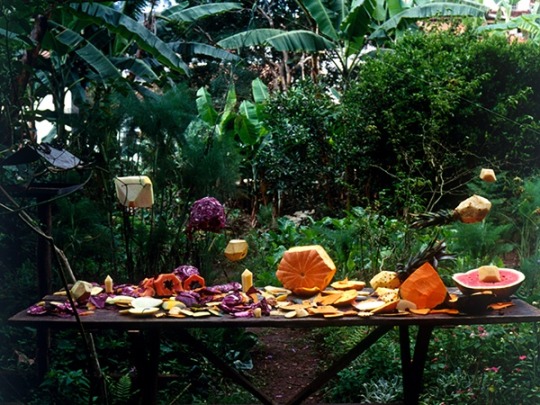
JOÃO MARIA GUSMÃO & PEDRO PAIVA From "O problema de Molyneux” (Molyneux’s Problem), 2013
Gusmão and Paiva explore references of existentialism in the philosophical tradition, metaphysical literature, as well as Alfred Jarry’s proto-surrealism. The exhibition takes its title from a philosophical question proposed by William Molyneux to John Locke about the recovery of sight. If a man born blind can feel the differences between shapes such as spheres and cubes, could he similarly distinguish those objects by sight if given the ability to see? This problem is mentioned by Locke in his An Essay Concerning Human Understanding, regarding the basis of knowledge and the mechanisms of thought in the human mind.
(Read full article)
50 notes
·
View notes
Photo
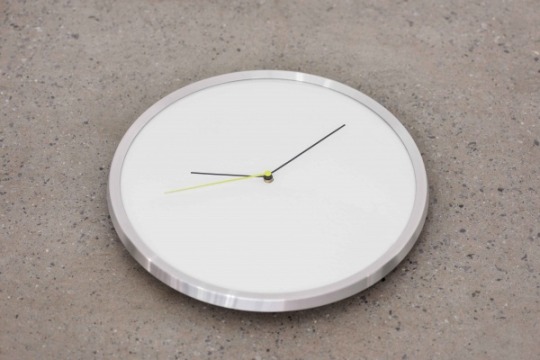
EDUARDO BASUALDO Mar Abierto [Open Sea], 2013
32 notes
·
View notes
Photo
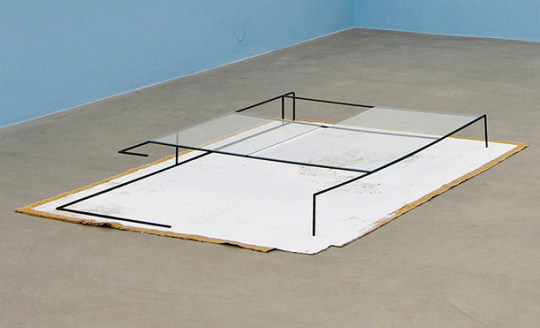
THEA DJORDJADZE Untitled, 2011 Stahl, Farbe, Gips, Stoff & Glas 16 x 140 x 197 cm
165 notes
·
View notes
Photo
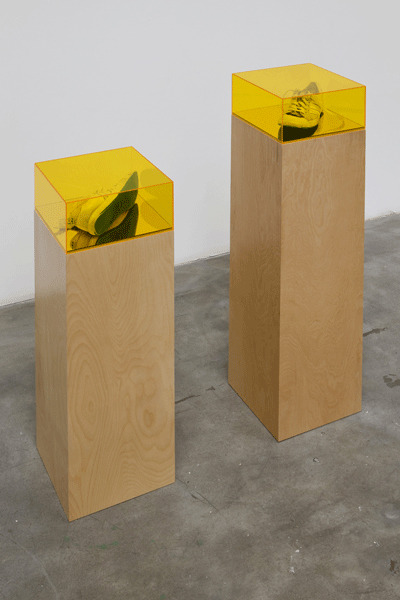
TOM BURR his personal effects (natural), 2009 Wood, yellow Plexiglas, men's sneakers 123.2 x 30.5 x 30.5 cm and 96.5 x 30.5 x 30.5 cm
42 notes
·
View notes
Photo
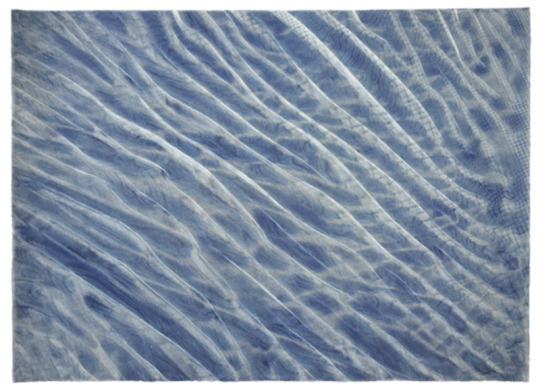
BARBARA KASTEN Photogenic Painting Untitled 75/19, 1975 Cyanotype 76.2 x 101.6 cm
119 notes
·
View notes
Photo
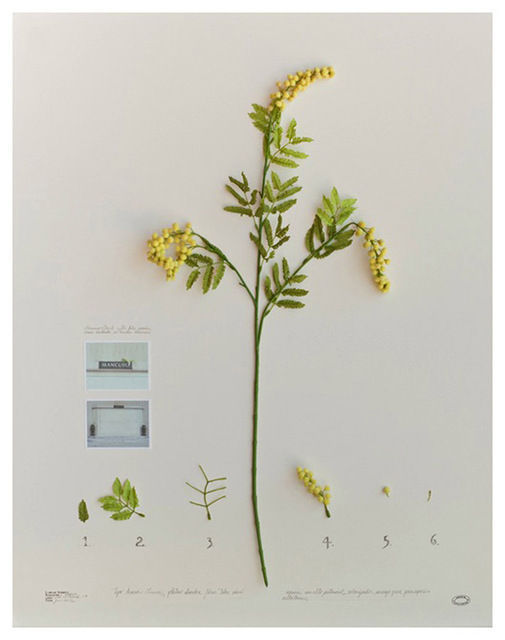
ALBERTO BARAYA Expedición Califórnia: Acacia Mancusso, 2012 Photograph, found objects and drawing on cardboard 100 × 81 cm
21 notes
·
View notes
Text
wo/manifesto
W.A.G.E. (Working Artists and the Greater Economy) works to draw attention to economic inequalities that exist in the arts, and to resolve them.
W.A.G.E. has been formed because we, as visual + performance artists and independent curators, provide a work force.
W.A.G.E. recognizes the organized irresponsibility of the art market and its supporting institutions, and demands an end of the refusal to pay fees for the work we’re asked to provide: preparation, installation, presentation, consultation, exhibition and reproduction.
W.A.G.E. refutes the positioning of the artist as a speculator and calls for the remuneration of cultural value in capital value.
W.A.G.E. believes that the promise of exposure is a liability in a system that denies the value of our labor.
As an unpaid labor force within a robust art market from which others profit greatly, W.A.G.E. Recognizes an inherent exploitation and demands compensation.
W.A.G.E. calls for an address of the economic inequalities that are prevalent, and proactively preventing the art worker’s ability to survive within the greater economy.
W.A.G.E. advocates for developing an environment of mutual respect between artist and institution.
W.A.G.E. demands payment for making the world more interesting.
For more info, check out www.wageforwork.com
5 notes
·
View notes
Photo
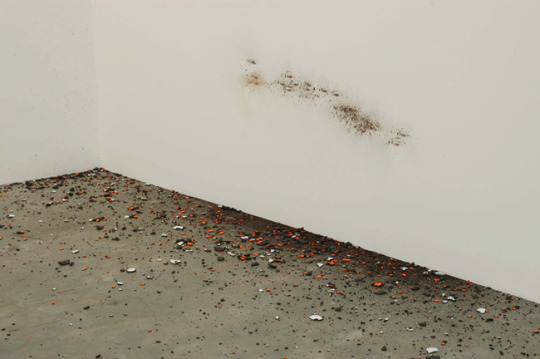
PIERO GOLIA Detail of wall: Untitled 3 (graphite disc is thrown every hour at 17 minutes past the hour), February 2007 Motor, steel, graphite, springs, wood
14 notes
·
View notes
Photo
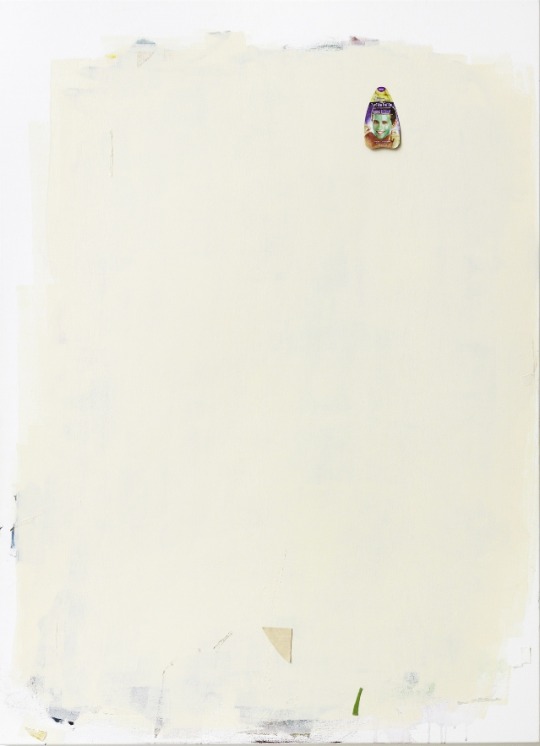
TORBEN RIBE If You Are What You Do, What Are You When You Loose Your Job?, 2010-2012 Acrylic, leather leftovers from Maiken Bent, facial mask product on canvas 180.3 × 129.5 cm
46 notes
·
View notes
Photo
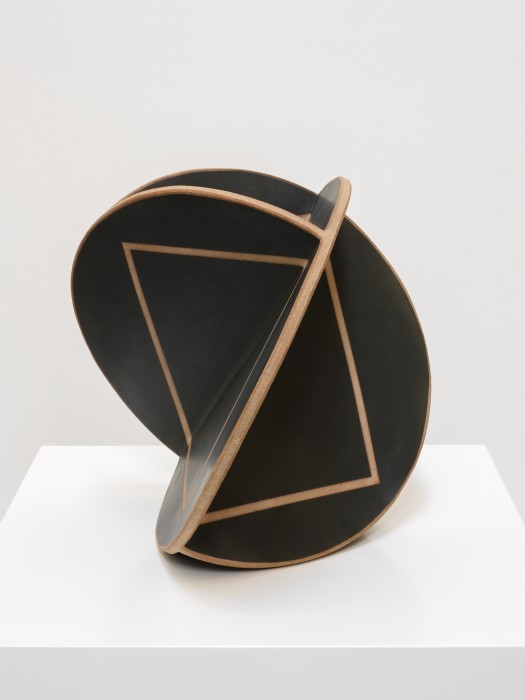
JOHN MASON
34 notes
·
View notes
Photo
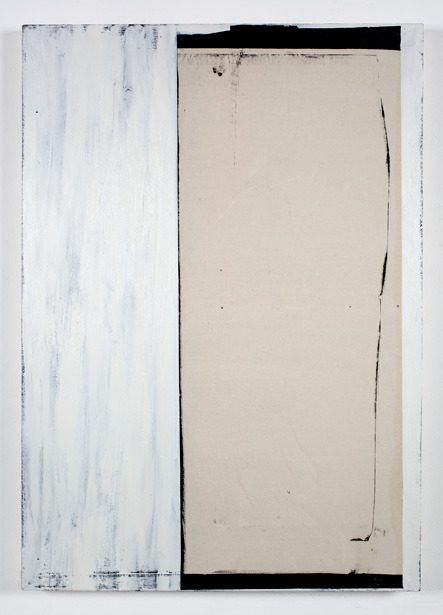
ERIK LINDMAN The best sauce is hunger, 2012 Oil on Canvas 104 x 74 cm
47 notes
·
View notes
Photo
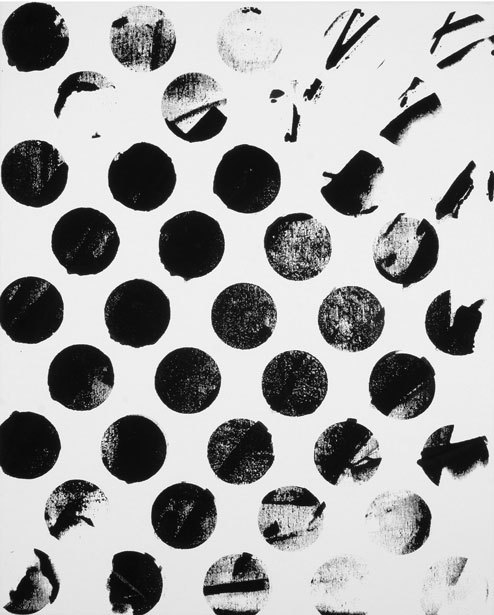
BOZIDAR BRAZDA Mirror (You), 2010 Silkscreen on canvas 50 x 40 cm
148 notes
·
View notes
Photo
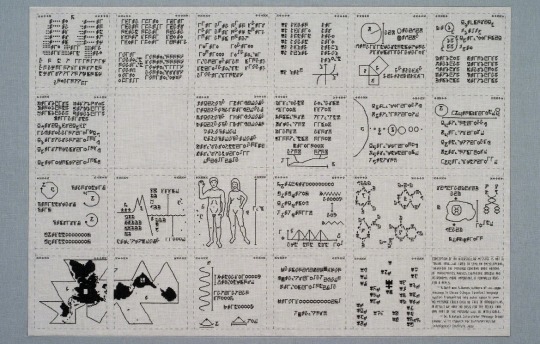
ELAINE REICHEK SETI, 2004 Hand embroidery on linen 114.3 × 146.1 cm
25 notes
·
View notes
Photo
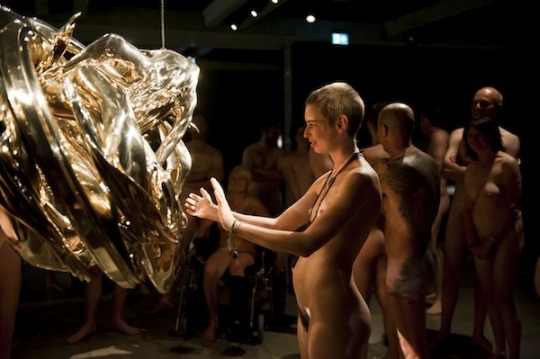
STUART RINGHOLT Performance Still, MONA, Hobart, Tasmania, January 2012 "A few unexpected things happen to you as you stand naked in an art gallery. Your posture gets better and you make eye contact with everyone. When you are desperate not to appear unduly interested in the particulars of anyone’s body, the eyes become a safe haven. This creates a gentle atmosphere of courtesy and generosity. I turned corners and stumbled upon another naked person with a nod, or knowing smile. Most importantly it was fun. I had my willy out at the MCA." - excerpt from Stuart Ringholt interview (Read full interview)
9 notes
·
View notes
Quote
The gesture is designed, and indeed intended for, reiteration. In fact, its functionality cannot continue without reiteration. In that situation, the man greeting me with his hat above would be interpreted only on the basis of his formal movements, and not on the culturally determined meaning of the particular act. This meaning can only be generated over time; I cannot simply decide to start using some new gesture in everyday life – I will be greeted with suspicion and most likely alienated. The same cannot be said of contemporary art. The formation of a new ‘gesture’ remains fully possible; certain artworks take as their subject matter the iterability of the work of art. In doing so they aim less for the eternal return of the same, and more for the sedimentary evolution of gesture, which punctuates not only contemporary cultural production, but also life itself.
REBECCA O'DWYER Excerpt from The ‘Iterable’ Gesture from Das Superpaper
8 notes
·
View notes
Photo
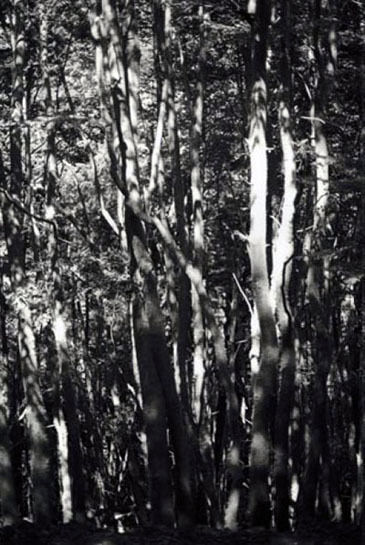
WOLFGANG TILLMANS Wald (Tierra del Fuego) II, 2010 Laser print on 160gsm paper 42 × 29.7 cm
15 notes
·
View notes
Video
youtube
CÉLESTE BOURSIER-MOUGENOT
37 notes
·
View notes